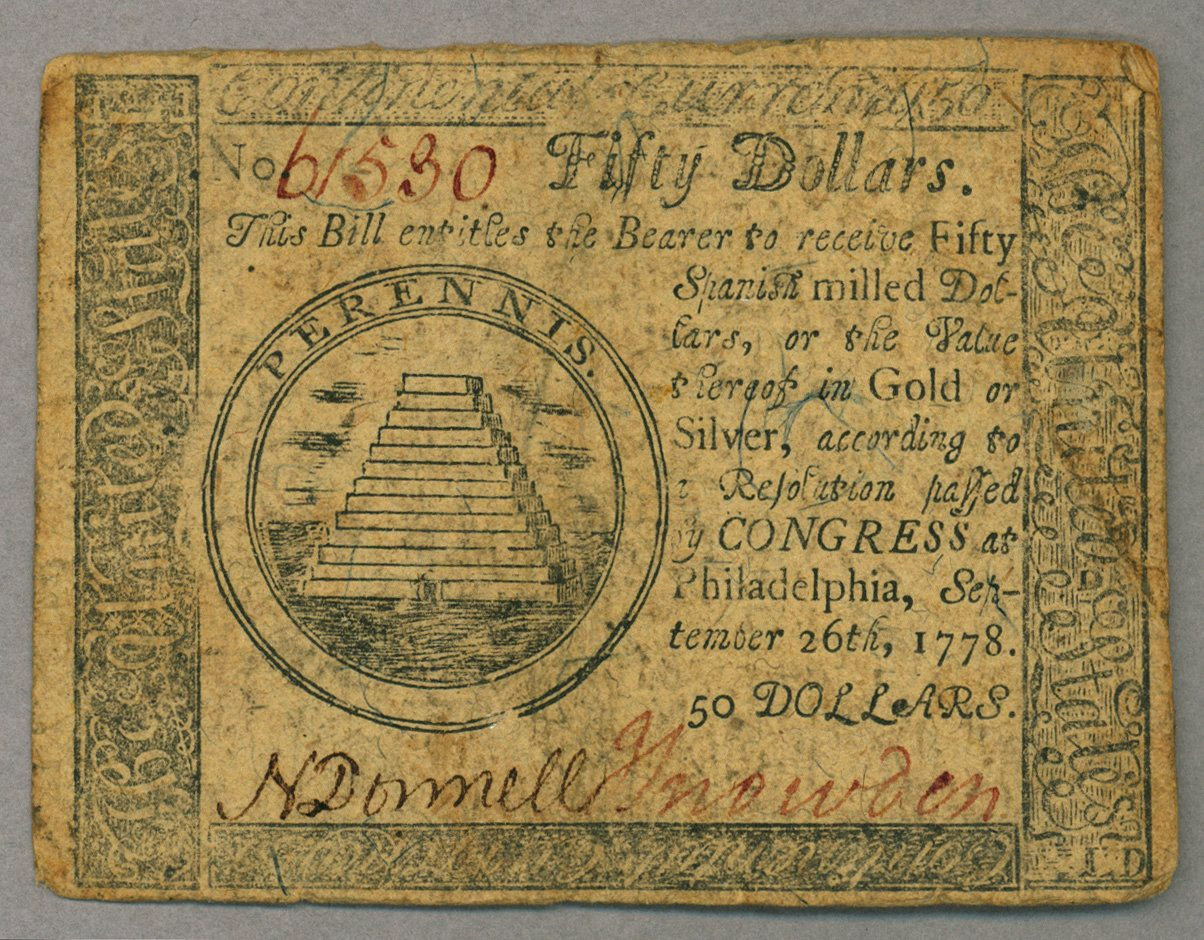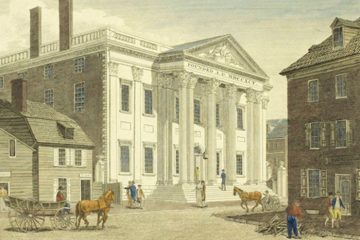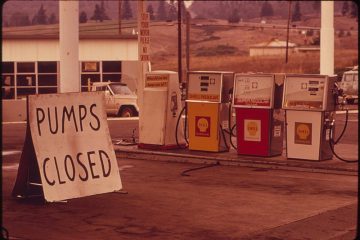 History of the United States dollar and Currency
History of the United States dollar and Currency
The history of U.S. currency reflects the economic and political development of the United States. It begins with the early colonial barter systems and the issuance of Continental Currency during the Revolutionary War, a currency that famously lost its value. The Coinage Act of 1792 marked a pivotal moment, establishing the U.S. Mint and standardizing the nation’s currency. Over the course of U.S. history, various forms of paper money, including banknotes and Treasury notes, played a crucial role in the nation’s growth. The Civil War saw the introduction of “greenbacks,” followed by a return to the gold standard in the 1870s. The Federal Reserve System, founded in 1913, introduced Federal Reserve Notes and provided stability to the monetary system. The 20th century brought significant changes, including the end of the gold standard in 1971. Today, the U.S. currency stands as a symbol of economic adaptability and resilience, with a rich history marked by diverse designs and evolving security features.
Key Historical Dates (from the U.S. Bureau of Engraving & Printing – BEP)
1690 – Colonial Notes
The Massachusetts Bay Colony, one of the 13 original colonies, issues the first paper money to cover costs of military expeditions. The practice of issuing paper notes spread to the other colonies.
1739 – Franklin’s Unique Counterfeit Deterrent
Benjamin Franklin’s printing firm in Philadelphia prints colonial notes with nature prints–unique raised impressions of patterns cast from actual leaves. This process added an innovative and effective counterfeit deterrent to notes, not completely understood until centuries later.
1775 – Continental Currency
The Continental Congress issues paper currency to finance the Revolutionary War. Continental currency was denominated in Spanish milled dollars. Without solid backing and easily counterfeited, the notes quickly lost their value, giving rise to the phrase “not worth a Continental.”
1792 – Monetary System
The Coinage Act of 1792 creates the U.S. Mint and establishes a federal monetary system, sets denominations for coins, and specifies the value of each coin in gold, silver or copper.
1861 – Greenbacks
The first general circulation of paper money by the federal government occurs. Pressed to finance the Civil War, Congress authorizes the U.S. Treasury to issue non-interest-bearing Demand Notes. All U.S. currency issued since 1861 remains valid and redeemable at full face value.
1861- First $10 Bills – Demand Notes
The first $10 notes are Demand Notes, issued in 1861 by the Treasury Department. A portrait of President Abraham Lincoln is included on the face of the notes.
1862 – Treasury Department Authorization
The Treasury Secretary is authorized to engrave and print notes at the Treasury Department; the design of which incorporates fine-line engraving, intricate geometric lathe work patterns, a Treasury seal, and engraved signatures to aid in counterfeit deterrence.
1862- Spencer Clark
Spencer M. Clark, Chief Clerk in the Treasury Department’s Bureau of Construction, obtains presses for the Treasury’s Loan Branch for overprinting seals on notes. About the same time, Clark experiments with two hand-crank machines for trimming and separating. Later that year, Treasury Secretary Salmon Chase directs Clark to proceed with trials using steam-powered machines to trim, separate and seal $1 and $2 United States Notes.
1863- National Banknotes
Congress establishes a national banking system and authorizes the U.S. Treasury to oversee the issuance of National Banknotes. This system sets federal guidelines for chartering and regulating “national” banks and authorizes those banks to issue national currency secured by the purchase of United States bonds. These notes are printed by private companies and finished by the BEP until 1875, when BEP begins printing the faces.
1863 – Fractional Currency
Fractional Currency notes, in denominations of 5, 10, 25, and 50 cents, are issued. This is the first currency produced entirely at the Treasury Department.
1864
The 5-cent note of the second issue of Fractional Currency features the portrait of Spencer Clark, causing a public uproar. It is unclear how Clark’s portrait ended up on the note, but in 1866, Congress prohibits the portrait or likeness of any living person on currency notes, bonds, or securities.
1865
The United States Secret Service is established as a bureau of the Treasury for the purpose of deterring counterfeiters whose activities are destroying the public’s confidence in the nation’s currency. The Secret Service is now part of the Department of Homeland Security.
1865 – Gold Certificates
Gold Certificates, backed by gold held by the Treasury, are first issued. Along with Fractional Currency, Gold Certificates are one of the first currency issues produced entirely by BEP.
1866 – Revenue Stamps
The BEP begins producing revenue stamps to be placed on boxes of imported cigars.
1869 – United States Notes
The BEP begins engraving and printing the faces and seals of United States Notes, Series 1869. Prior to this time, United States Notes were produced by private banknote companies and then sent to BEP for sealing, trimming and cutting.
1874 – Bureau of Engraving and Printing
For the first time, Congress allocates money specifically to a “Bureau of Engraving and Printing” for fiscal year 1875.
1876
Congress passes an appropriation bill that directs the Internal Revenue Service to procure stamps engraved and printed at the Bureau of Engraving and Printing – provided costs do not exceed that of private firms. As a result, BEP begins producing almost all revenue stamps in fiscal year 1878.
1877
The BEP begins printing all United States currency.
1878 – Silver Certificates
Silver Certificates are first issued. Backed by silver held by the Treasury, the certificates are authorized by legislation directing an increase in the purchase and coinage of silver.
1880 – First Facility
The first building constructed specifically for BEP operations is completed at the corner of 14th Street and B Street (Independence Avenue).
1890 – Treasury Coin Notes
Treasury Notes, also known as Treasury Coin Notes, are first issued as part of legislation requiring the Treasury Secretary to increase government purchases of silver bullion.
1894 – Postage Stamps
The BEP begins printing postage stamps. The first BEP-printed stamp issued is the 6 cent President Garfield.
1900
The first issue of postage stamps in small booklets is produced.
1905 – Paper Currency with Background Color
The last United States paper money printed with background color is the $20 Gold Certificate, Series 1905, which had a golden tint and a red seal and serial number.
1912 – Offset Printing
Offset printing is first used at BEP for the production of checks, certificates and other miscellaneous items.
1913- Federal Reserve Act
The Federal Reserve Act of 1913 establishes the Federal Reserve as the nation’s central bank and provides for a national banking system that is more responsive to the fluctuating financial needs of the country. Federal Reserve Bank Notes are authorized by the Federal Reserve Act and used as a form of emergency currency in the early twentieth century. The Board of Governors of the Federal Reserve System then issues new notes called Federal Reserve notes.
1914 – The first $10 Federal Reserve Notes
The first $10 Federal Reserve notes are issued. These notes are larger than today’s notes and feature a portrait of President Andrew Jackson on the face.
1929 – Federal Reserve Note Standardized Design
The first sweeping change to affect the appearance of all paper money occurs in 1929. In an effort to lower manufacturing costs, all Federal Reserve notes are made about 30 percent smaller. The reduced size enables BEP to convert from eight to 12 notes per sheet. In addition, standardized designs are instituted for each denomination across all classes of currency, decreasing the number of different designs in circulation. This standardization makes it easier for the public to distinguish between genuine and counterfeit notes.
1939 – Food Stamps
The BEP begins printing Food Order and Surplus Food Order stamps. The Cotton Order and Surplus Cotton Order stamps follow in 1940. The stamps encourage consumption of surplus farm commodities while providing assistance to low-income consumers.
1942 – Hawaii Overprints
The BEP receives an order for special $1, $5, $10, and $20 notes overprinted with the word “Hawaii.” The overprinted notes replace regular currency in Hawaii. In the event of enemy occupation of the islands, the overprinted currency can be declared worthless.
1943 – Allied Military Currency
The War Department places an order for Allied Military Currency (AMC). The first AMCs are used by Allied forces in Italy. Production begins in July, 1943.
1946 – Military Payment Certificates
The BEP begins work on Military Payment Certificates for use by U.S. troops.
1951 – Congressional Appropriations
The BEP begins operating on a reimbursable basis in accordance with a legislative mandate to convert to business-type accounting methods. As a result, annual Congressional appropriations cease.
1952 – 18-Subject Sheets
The BEP begins conversion from 12- to 18-subject sheets in currency production. The use of larger sheets is made possible by new non-offsetting ink. By reducing wetting and drying operations, distortion of paper is decreased. By September 1953, all currency is produced from 18-subject plates.
1957 – In God We Trust
Following a 1955 law that requires “In God We Trust” on all currency, the motto first appears on paper money on series 1957 $1 silver certificates, then on 1963 series Federal Reserve notes.
1957 – 32-Subject Sheets
The BEP begins producing currency on high-speed rotary presses that print notes via the dry intaglio process. Paper distortion caused by wetting is now completely eliminated and sheet sizes increase from 18- to 32-subjects. The first notes printed by this process are the series 1957 silver certificates.
1968 – Barr Notes
Joseph W. Barr served as Secretary of the Treasury from December 21, 1968 to January 20, 1969. There are fewer notes bearing his facsimile signature than notes imprinted with signatures of other Secretaries of the Treasury because of his short tenure in that office.
1969 – High-Denomination Notes
The Treasury Secretary announces that currency in denominations larger than $100 will no longer be issued. Last printed in 1945, the high-denomination notes had been used mainly by banking institutions, but advances in bank transfer technologies preclude their further use.
1976 – $2 Federal Reserve Note
The $2 Federal Reserve note is re-introduced on the 233rd anniversary of Thomas Jefferson’s birth. Issuance of the $2 United States Note had been halted in 1966 as United States Notes were phased out of existence.
1990 – Security Thread and Microprinting
A security thread and microprinting are introduced to deter counterfeiting by advanced copiers and printers. The features first appear in Series 1990 $100 notes. By Series 1993, the features appeared on all denominations except $1 and $2 notes.
1990 – Western Currency Facility
The BEP’s Western Currency Facility in Fort Worth, Texas begins producing currency. It is the first government facility outside Washington, D.C. to print United States paper money. The facility is intended to better serve the currency needs of the western half of the nation and to act as a contingency operation in case of emergencies at the D.C. facility.
1996 – Currency Redesign
In the first significant design change in 67 years, United States currency is redesigned to incorporate a series of new counterfeit deterrents. The new notes are issued beginning with the $100 note in 1996, followed by the $50 in 1997, the $20 in 1998, and the $10 and $5 notes in 2000.
2003 – Redesigned $20 Note
For the first time since the Series 1905 $20 Gold Certificate, the new currency features subtle background colors, beginning with the redesigned $20 note on October 9, 2003. The redesigned $20 note features subtle background colors of green, peach and blue, as well as images of the American eagle.
2004 – Redesigned $50 Note
The currency redesigns continue with the $50 note, issued on September 28, 2004. Similar to the redesigned $20 note, the redesigned $50 note features subtle background colors and highlights historical symbols of Americana. Specific to the $50 note are background colors of blue and red, and images of a waving American flag and a small metallic silver-blue star.
2005 – Final Postage Stamp Run
The BEP produces its final run of postage stamps, printing the 37-cent Flag on the Andreotti gravure press. Redesigned $10 Note2006A redesigned Series 2004A $10 note is issued on March 2, 2006. The A in the series designation indicates a change in some feature of the note, in this case, a change in the Treasurer’s signature. Like the redesigned $20 and $50 notes, the redesigned $10 note features subtle shades of color and symbols of freedom. Specific to the $10 note are background colors of orange, yellow and red, and images of the Statue of Liberty’s torch and the words, We the People, from the United States Constitution.
2008 – Redesigned $5 Note
A redesigned Series 2006 $5 note is issued on March 13, 2008. The redesigned $5 note retains two of the most important security features first introduced in the 1990s: the watermark and embedded security thread.
2013 – Redesigned $100 Note
On October 8, the Board of Governors of the Federal Reserve System issues the redesigned $100 note. Complete with advanced technology to combat counterfeiting, the new design for the $100 note retains the traditional look of U.S. currency.
2014 – 50-Subject Printing
On February 14, BEP ushers in a new era by completing its first $1 note 50-subject production order. Fifty-subject and 32-subject notes are distinguishable by one minor technical change. On a 50-subject produced note, the letter and number of the alpha numeric note-position identifier, is the same font size and smaller than the alpha letter of the 32-subject note. In comparison, on the 32-subject note, the number is a smaller font size compared to the letter.
MORE:
Detailed History of U.S. Dollar »
Main Image Source: Wikimedia Commons | Continental Currency Image: Wikimedia Commons
Content sources: Original | Generative AI | Wikipedia | United States Gov. BEP


